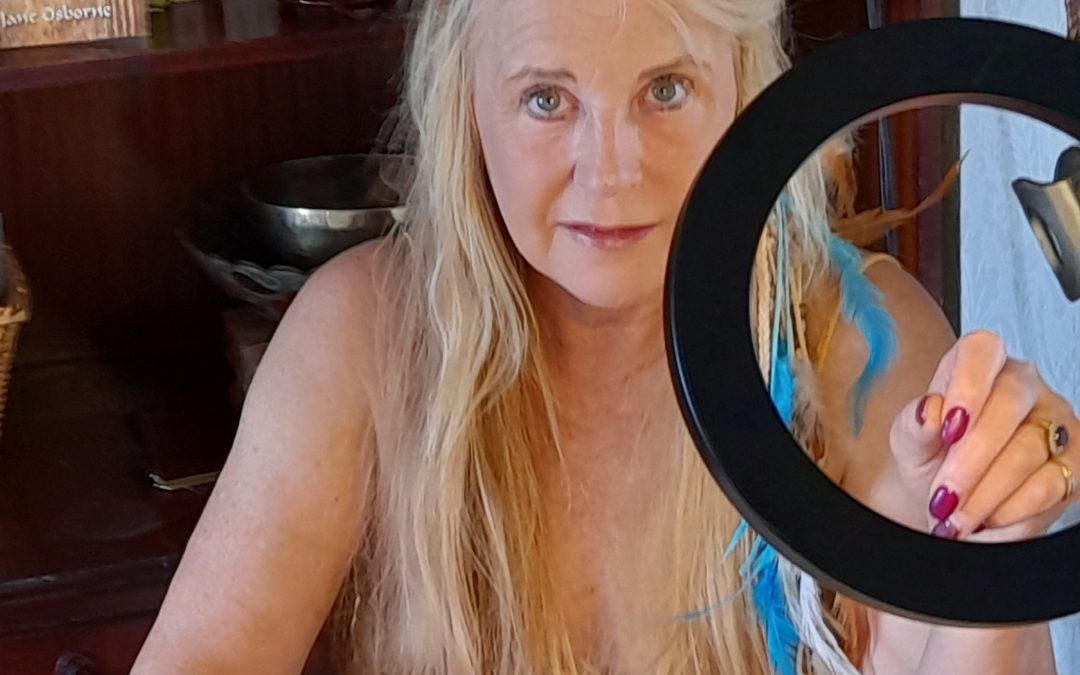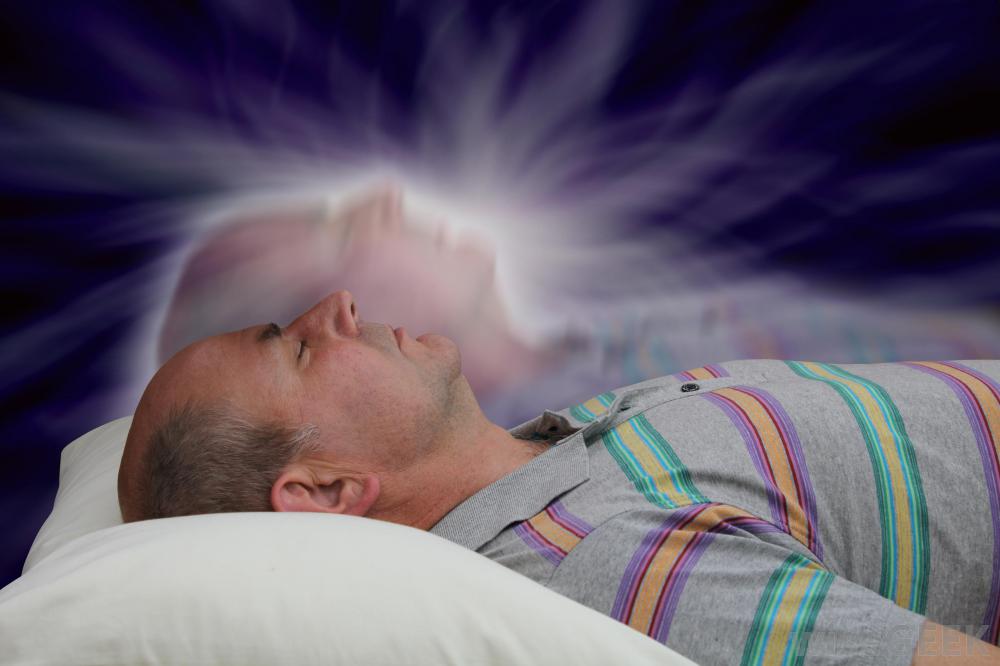[cs_content][cs_section bg_color=”hsl(0, 14%, 86%)” parallax=”false” style=”margin: 0px;padding: 45px 0px;”][cs_row inner_container=”true” marginless_columns=”false” style=”margin: 0px auto;padding: 0px;”][cs_column bg_color=”hsl(0, 1%, 91%)” fade=”false” fade_animation=”in” fade_animation_offset=”45px” fade_duration=”750″ type=”1/2″ style=”padding: 0px;”][cs_text]Helena Blavatsky 1831- 1891
The Spiritualist Movement is rich in characters and ideas. From time to time I would like to share some of them with you.
The first is a Russian woman who lived in the 19th Century who is arguably amongst the most significant female figures in Western and Russian culture from that time.
Helena Blavatsky is a colourful, and controversial character in the Spiritual movement who co-founded the Theosophical Society in 1875 while in New York. She gained an international following as the leading theoretician of Theosophy, the esoteric religion that the society promoted. She gained prominence as a Russian occultist and spirit medium. She was devoutly followed by believers, and ridiculed and doubted by those who saw her as a fraud.
Theosophy is a collection of mystical and occultist philosophies concerning, or seeking direct knowledge of, the presumed mysteries of life and nature, particularly of the nature of divinity and the origin and purpose of the universe.
It believes that hidden knowledge or wisdom from the ancient past offers a path to enlightenment and salvation.
The Theosophical Society was co- founded by Helena Blavatsky, William Quan Judge, and Henry Steel Olcott. Blavatsky’s major work, The Secret Doctrine (1888), was one of the seminal works of modern theosophy.
Today, organizations descended from, or related to, the Theosophical Society are still active in around 52 countries around the world. And has also given rise to, or influenced, the development of other mystical, philosophical, and religious movements.
Blavatsky’s life is obfuscated by the numerous conflicting accounts she gave of it at various times. She claimed that in the 1850’s she embarked on a series of world travels, visiting Europe, the Americas, and India and encountered the “Masters of the Ancient Wisdom”, who sent her to Shigatse, Tibet, where they trained her to develop her own psychic powers.
By the early 1870s, Blavatsky was involved in the Spiritualist movement; although defending the genuine existence of Spiritualist phenomena, she argued against the mainstream Spiritualist idea that the entities contacted were the spirits of the dead.
Relocating to the United States in 1873, she befriended Henry Steel Olcott and rose to public attention as a spirit medium.
In 1877 she published Isis Unveiled, a book outlining her Theosophical world-view. In 1880, she and Henry Olcott moved to India, where the Society was allied to the Arya Samaj, a Hindu reform movement. That same year, while in Ceylon she and Olcott became the first Westerners to officially convert to Buddhism. Although opposed by the British administration, Theosophy spread rapidly in India but experienced internal problems after Blavatsky was accused of producing fraudulent paranormal phenomena.
Amid ailing health, in 1885 she returned to Europe, there establishing the Blavatsky Lodge in London. Here she published The Secret Doctrine, a commentary on what she claimed were ancient Tibetan manuscripts, as well as two further books, The Key to Theosophy and The Voice of the Silence. She died of influenza in the home of her disciple and successor, Annie Besant.
Blavatsky was a controversial figure during her lifetime, championed by supporters as an enlightened guru and derided as a fraudulent charlatan and plagiarist by critics. Her Theosophical doctrines influenced the spread of Hindu and Buddhist ideas in the West as well as spawning Ariosophy, Anthroposophy, and the New Age Movement.
Blavatsky’s claim to fame is as a founder of the Theosphical Movement and was its leading theoretician establishing its “doctrinal basis”.
The ideas in her published texts provide the basis from which the Society and the wider Theosophical movement emerged.
Blavatsky’s Theosophical ideas were a form of occultism, a strain of thought which has morphed into something quite different in modern times. Then it emphasized the idea of an ancient and superior wisdom that had been found in pre-Christian societies but which was absent from the doctrines of established Christianity.
Fundamentally, the underlying concept behind Blavatsky’s Theosophy was that there was an “ancient wisdom religion” which had once been found across the world, and which was known to various ancient figures, such as the Greek philosopher Plato and the ancient Hindu sages.
Blavatsky connected this ancient wisdom religion to Hermetic philosophy, a worldview in which everything in the universe is identified as an emanation from a Godhead. She believed that all of the world’s religions developed from this original global faith and that the Theosophical movement’s revival of the “ancient wisdom religion” would lead to it spreading across the world, eclipsing the established world religions. In bringing these Theosophical ideas to humanity, Blavatsky viewed herself as a messianic figure.
According to Goodrick-Clarke, the Theosophical Society “disseminated an elaborate philosophical edifice involving a cosmogony, the macrocosm of the universe, spiritual hierarchies, and intermediary beings, the latter having correspondences with a hierarchical conception of the microcosm of man.” Officially, the Society-based itself upon the following three objectives:
1.To form a nucleus of the Universal Brotherhood of Humanity, without distinction of race, creed, sex, caste, or colour.
2.To encourage the study of Comparative Religion, Philosophy, and Science.
3.To investigate the unexplained laws of Nature and the powers latent in man.
While living in New York City, Blavatsky had referred to herself as a “Buddhist”, although only officially embraced Buddhism while in Ceylon. However, Lachman her detractors claimed her Buddhism was highly eccentric and had little to do with Buddhism. Although critical of Catholicism and Protestantism, and opposing their growth in Asia, throughout her life she remained highly sympathetic to the Russian Orthodox Church.
One of her champions, G. R. S. Mead proclaimed, “Two things in all the chaos of her [Blavatsky’s] cosmos stood firm in every mood – that her Teachers existed and that she had not cheated.”
What is certain is that she was a supreme self-publicist and manipulator of opinion, the legacy of the Theosophical Society alone makes her worthy of our attention now.
For further reading: http://www.magickalmind.com/blavatsky.htm[/cs_text][/cs_column][cs_column fade=”false” fade_animation=”in” fade_animation_offset=”45px” fade_duration=”750″ type=”1/2″ style=”padding: 0px;”][x_image type=”none” src=”https://jane-osborne.com/wp-content/uploads/2017/06/helen-blavatsy.png” alt=”” link=”false” href=”#” title=”” target=”” info=”none” info_place=”top” info_trigger=”hover” info_content=””][/cs_column][/cs_row][/cs_section][/cs_content]







